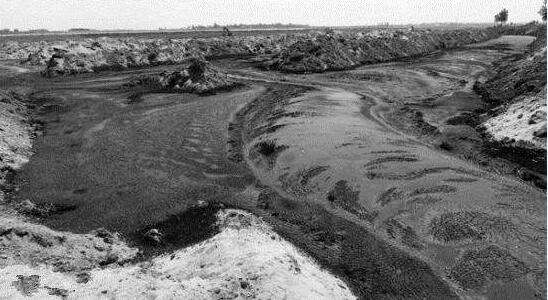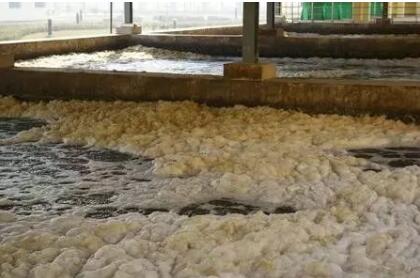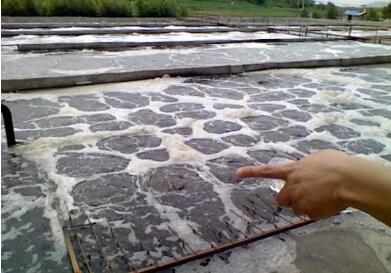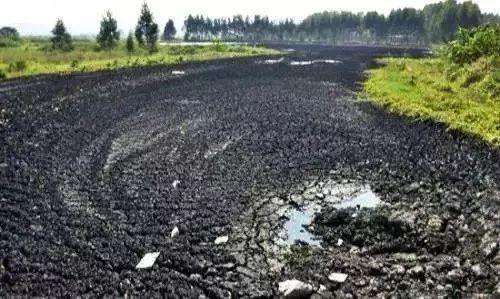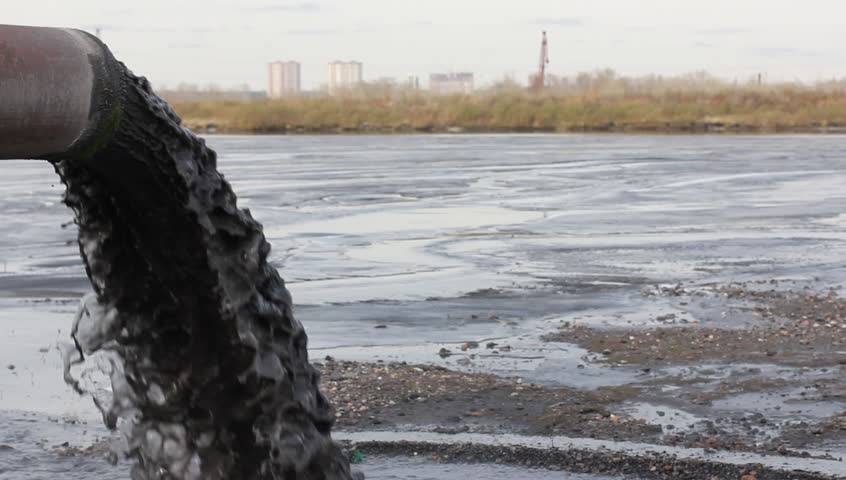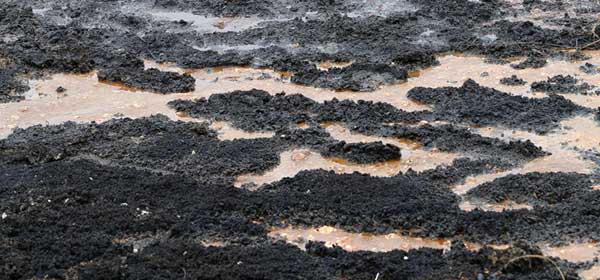With the continuous improvement of economic level and the rapid development of science and technology, the pace of urbanization is gradually accelerating. Many problems have been exposed in this process. The severity of the pollution problem is constantly rising, and urban waste as a major obstacle to economic development cannot be ignored. In response to this situation, the relevant departments should apply waste incineration power generation technology and reuse the waste. This will not only solve the problem of pollution, but also speed up environmental construction.
1. Treatment methods and comparison of urban domestic garbage
The current methods of garbage disposal in China are diversified, including incineration, plasma gasification, composting and landfilling. For developed countries that have developed well in environmental construction, such as Japan, Germany, and Singapore, the main method used to deal with urban garbage is the incineration method. Current treatment methods for municipal solid waste:
(1) Waste incineration method: After sorting the collected garbage, the combustible garbage is poured into an incinerator for incineration. The waste incineration method can burn a large amount of bacteria, viruses and other harmful substances attached to the garbage through high temperature combustion, and use related equipment to recover heat energy for power generation and heating. At present, this technical method is being continuously improved, and it is the most effective method to achieve the goal of “reduction, resource utilization and harmlessness” of waste disposal;
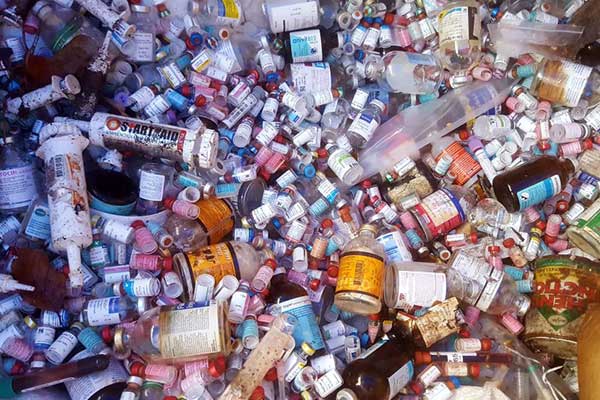
(2) Plasma gasification method: Use hot plasma to gasify the garbage, then separate the organic and inorganic substances in the gasified garbage, and then use relevant technologies to refine it to achieve the purpose of recycling resources. The idea of the plasma gasification method is good, but due to the limitations of China’s scientific and technological level, this method is not yet mature enough and has few applications;
(3) Compost method: refers to the use of microorganisms to degrade organic matter in garbage under artificial conditions to form humus-like substances that can be used to make fertilizers. This method has strong limitations. It is only suitable for organic waste and cannot be recycled. Therefore, the domestic market is relatively small and the profit is not high.
(4) Landfill method: refers to burying garbage in the soil, using microorganisms and other means in the soil to degrade the garbage, decomposing organic matter therein, and achieving the purpose of treating the garbage. In China, this is the main method of waste disposal, and the number and efficiency of landfills are increasing year by year. However, this method of treatment can only solve the temporary difficulties, and it will leave many future problems. For example, a large amount of garbage is buried in the soil, which will cause land pollution, affect farmland cultivation, and even cause infectious diseases. This is a discouraged practice.
At present, after the acceleration of urbanization in cities in China, the amount of garbage has skyrocketed to form a “garbage siege” situation. There are landfill, incineration, and compost methods for domestic garbage disposal in China. Landfill is still the main method. According to the amount of domestic waste treated by different types of waste disposal methods in the “China Urban Construction Statistical Yearbook” issued by the Ministry of Housing and Urban-Rural Development, landfills account for 64% of domestic waste disposal in China; followed by incineration, accounting for 38%. As of the end of 2018, there were 943 domestic waste treatment facilities in China, of which 657 were landfills, accounting for 70%.
2. Technical characteristics of waste incineration power generation
With the rapid development of science and technology, the understanding of waste incineration has also achieved innovation. Relying on the construction of incinerators can transform harmful substances in urban waste into harmless substances. After various types of pathogens have been eliminated, air pollution can be alleviated. . Waste incineration power generation means the waste heat from waste incineration is used for power generation and power supply.
The incineration method can oxidize combustibles in the garbage under high temperature oxidation to convert it into water and carbon dioxide. During the incineration process, a large amount of thermal energy will be released from the garbage. After being converted into a gas or solid form, the volume reduction and harmless treatment of the garbage can be realized. The waste incineration method has flexible site selection, simple operation, short treatment period, and can effectively decompose harmful substances.
Incineration requires a certain low calorific value of the garbage, so all garbage cannot be incinerated, and garbage that cannot be recycled but has a certain value can play the most scientific and effective role as the object of incineration. In addition, the flue gas formed in the incineration must be purified and digested, and the debris generated by the incineration must be digested, and there will be a lot of cost consumption in the purification and digestion. Therefore, there is a certain shortcoming in the waste treatment only by the incineration method. Utilize thermal energy to ensure optimal use of resources.
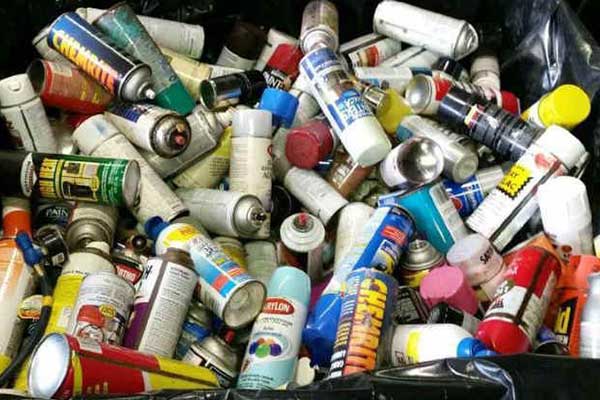
3. Waste incineration power generation process
As far as the waste incineration power generation process is concerned, it mainly includes the following six points:
(1) Garbage storage
There are many types of substances in urban garbage, and some garbage is also mixed with harmful substances. Therefore, it is necessary to pick out harmful and unburnable garbage during the treatment process, and transfer the remaining available garbage to the garbage storage tank after weighing. The rubbish storage tank can usually store the garbage disposal capacity for nearly a week, and the rubbish stored in the storage tank requires not only stirring and crushing, but also collecting garbage leachate;
(2) Waste incineration
After the garbage has been treated in the previous step, it can be transported towards the incinerator under the use of machinery and equipment, and the garbage can be incinerated. After the incineration is completed, the generated slag needs to be cleaned up. Incinerators include grate furnaces, circulating sulfurized bed furnaces, etc., there are certain differences in the corresponding incineration methods of each incinerator;
(3) Waste heat power generation
In addition to the incinerator, the equipment used in waste incineration power generation technology also involves turbine generators and waste heat boilers. After the incineration of waste is completed in the incinerator, after the heat generated by the waste heat boiler is converted, steam will be formed, and the turbine generator set can generate electricity by using the steam;
(4) Flue gas purification and treatment
After the incineration of garbage, a large amount of harmful substances will be generated, such as heavy metals and soot formed during the incineration of garbage. If such harmful substances cannot be properly handled, the environment will be polluted again. Flue gas purification treatment can be divided into three types of treatment methods: wet reaction tower with bag dust collector, dry reaction tower with bag dust collector, and semi-dry reaction tower with bag dust collector.
(5) Treatment of landfill leachate
Garbage is stored in the garbage storage tank, and after the fermentation, landfill leachate will be generated. These liquids contain more heavy metals and ammonia nitrogen, and they emit an odor. About 1/10 of the total weight of garbage. Leachate can only be discharged after sewage treatment, otherwise the environment will be polluted;
(6) Slag and ash treatment
After the incinerator burns the garbage, slag is generated. After processing slag with advanced technology, it can be used for daily production. After the slag is processed, it can be used as a material for making bricks or used in road paving. Because the dust collected by the bag filter has no use value, it should be landfilled after special harmless treatment.
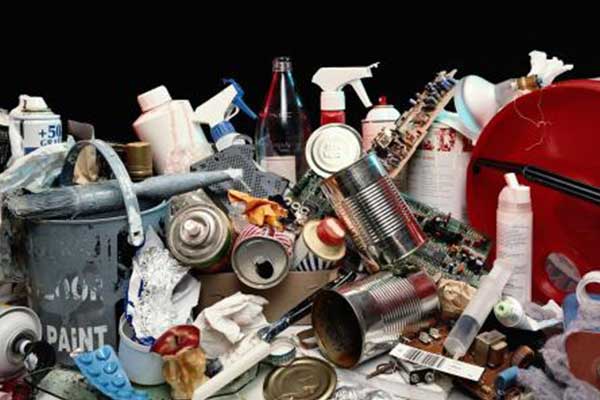
4. Choice of waste incineration technology
(1) Pyrolysis gasification incinerator
Pyrolysis gasification incinerator belongs to controlled air combustion technology, and the system area includes heating and drying, pyrolysis gasification, residual carbon combustion, and combustible combustion. The advantages of pyrolysis gasification incinerator include simple equipment structure, low nitrogen oxide content in flue gas, and easy maintenance. Its disadvantages are its inability to adapt to high-moisture, low-calorific-value waste incineration, insufficient equipment processing capacity, and low heat recovery.
(2) Fluidized bed incinerator
The fluidized bed combustion technology means that domestic waste and sulfurized carriers are transferred to the incinerator through the upper part of the fluidized bed at a certain ratio. Under the action of sulfurized carriers, the garbage will violently tumbling in the furnace, and due to the circulation flow, it will In a suspended combustion state. This type of process usually consists of a circulating fluidized bed, a rotating fluidized bed, and a bubbling fluidized bed, among which the circulating fluidized bed has been widely used in China.
The advantages of circulating fluidized bed incinerators include compact structure, low investment, stable operation, less nitrogen oxide generation, and strong combustion adaptability. Its disadvantages are that it needs to add coal and pre-treat garbage, it takes up a lot of land and will affect the environment. It will generate excessive fly ash and power consumption, and there is a serious problem of heating surface wear.
(3) Rotary kiln incinerator
Under the continuous and slow rotation of the drum of the furnace body, the technology can transfer the garbage in the lower part of the cylinder toward the upper part of the cylinder through the rolling of the cylinder by means of the inner wall high temperature resistant plate, and then the garbage falls by its own weight. It is difficult to burn domestic waste with high moisture content and low heat value. Rotary kiln incinerators have the advantages of stable operation and good fuel adaptability, but their disadvantages are that the kiln body is longer, a post-combustion chamber is required, the investment is high, and the area is large.
(4) Mechanical grate incinerator
Mechanical grate incinerator technology occupies about 80% of the international market and is relatively mature. In combination with the specific form of the grate, it is mainly composed of a chain grate, a rolling grate, and a reciprocating grate. Among them, the reciprocating grate is composed of a backward push tilt reciprocating grate and a forward push tilt reciprocating grate. This type of furnace technology operates stably and can effectively turn and stir garbage under the grate mechanical movement, which helps to achieve the complete combustion of garbage.
The advantages of mechanical grate furnaces mainly include higher operating reliability, single processing capacity, no pre-treatment of garbage, no excessive flue gas emissions, low ash and slag production, no coal combustion, and low heating surface wear. . The disadvantage is that it has high grate processing accuracy, control requirements, high operating costs and investment, and subsequent maintenance and overhaul involves a large workload.
In summary, waste incineration power generation technology can optimize the use of originally worthless waste. Under the increasingly large-scale waste classification and treatment, incinerator technology has also ushered in more significant development, effectively improving the efficiency of incineration power generation, and economic benefits have been correspondingly improved. Under the increasing popularity of waste incineration power generation technology, it has further promoted the development of incineration power generation enterprises in China.

